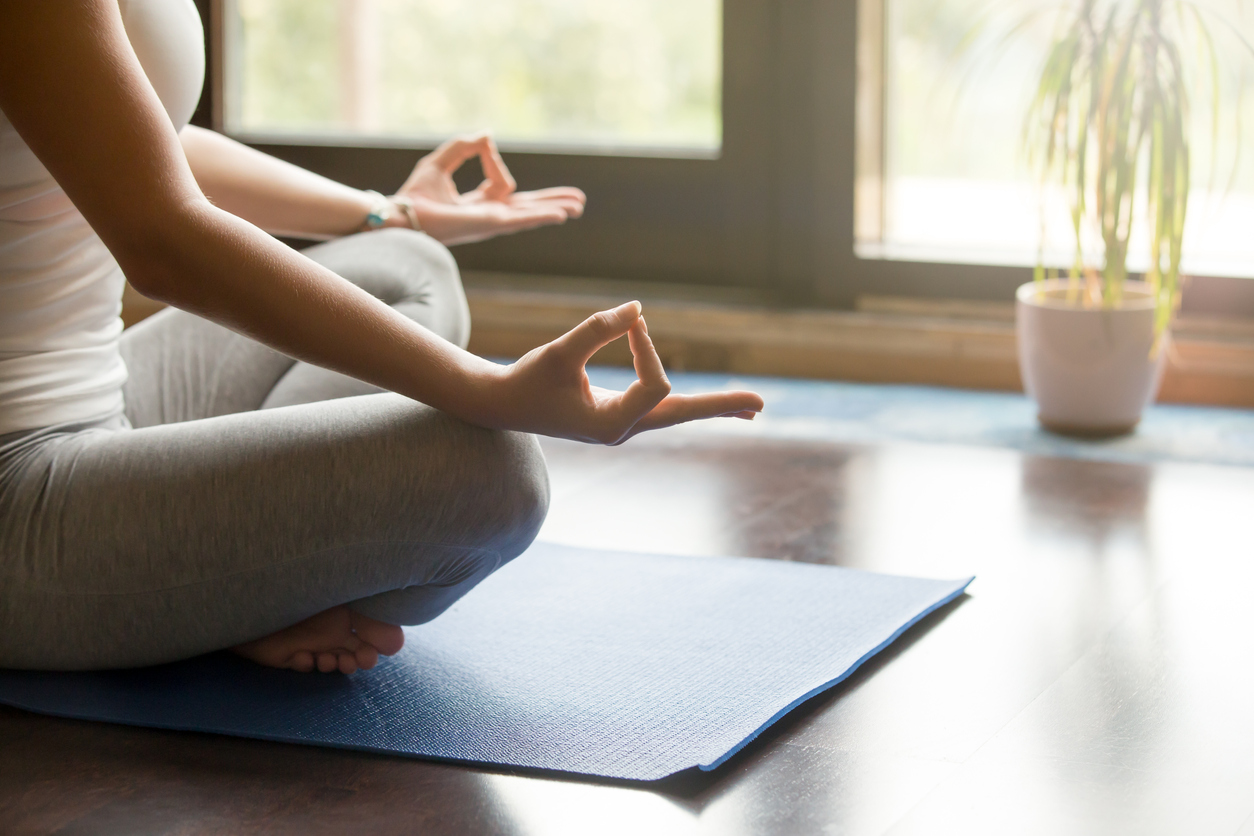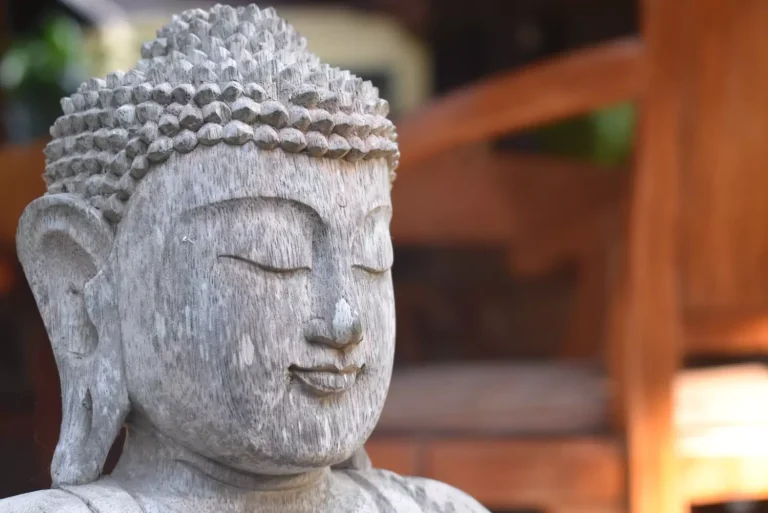How to Do Meditation at Home
How To Do Meditation at Home
(Practical Guidance from CBRT)
Starting a meditation practice at home can feel intimidating — but it doesn’t need to be. Compassion-Based Resilience Training (CBRT) emphasizes that meditation is not about perfection, but about building a safe, supportive habit that reshapes your mind and nervous system over time.
1. Choose Your Space
Find a spot that feels calm and consistent. It doesn’t need to be silent or fancy. A chair, a cushion, or even a corner of your bed can become your meditation space. Over time, your body will associate this place with calm and presence.
2. Start Small
CBRT suggests beginning with 5–10 minutes daily. Short, consistent practice is more effective than long, irregular sessions. Even a few mindful breaths between tasks can help train your nervous system.
3. Focus on the Body and Breath
- Sit comfortably, spine upright but relaxed.
- Place your attention on your natural breath — the rise and fall of your belly or chest.
- When your mind wanders (and it will), gently return to the breath without judgment.
4. Use Guided Support
CBRT meditations often include guided practices that combine breath, compassion, and insight. These can be streamed or recorded, giving you structure and encouragement as you begin.
5. Build a Routine
Link meditation to daily anchors: after waking, before meals, or before sleep. Making it part of your rhythm transforms meditation from an effort into a natural part of life.
👉 Practicing at home shows you don’t need perfect conditions to grow presence, calm, and compassion. You just need the willingness to begin.







